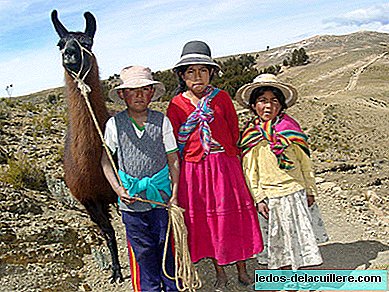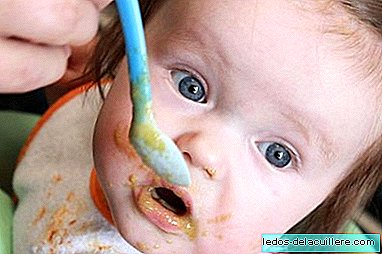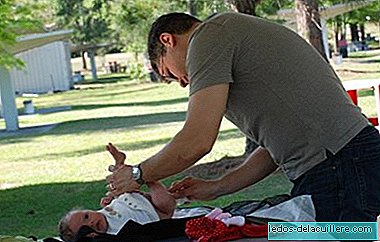
Today is the Indigenous Peoples Day, who remain outside society: they are poorer, have a lower level of education, die at an earlier age, are more likely to commit suicide and, in general terms, their health is worse than in the rest of the population.
At the 1992 Earth Summit, the collective voice of indigenous peoples expressed concern about the deterioration of their lands and territories and the environment. Their requests were heard by various organs of the United Nations, which developed programs that aspired to improve their health and literacy rates and fight against the degradation of their ancestral lands and territories.
But even infant mortality in indigenous communities is higher than that of the general population of the countries in which they live. Children born in indigenous families often live in remote areas, where governments do not invest in basic services. Consequently, young people and indigenous children have limited or no access to health care, quality education, justice and participation in society. They are at greater risk that their birth will not be registered and that they will be denied identity documents
Data on the degradation in the health and physical integrity of indigenous families and children.
Diabetes: In some regions of Australia, the aboriginal and insular Torres Strait have a diabetes prevalence rate of 26%, that is, six times higher than in the general population.
Life conditions: In Twa households in Rwanda, poor sanitation and lack of drinking water are, respectively, seven and two times more frequent than among the national population.
Reproductive health: Among Vietnamese ethnic minorities, more than 60% of children are born without having prenatal care, compared with 30% among the Kinh population, majority in the country.
Suicide: Inuit youth in Canada have one of the highest suicide rates in the world, eleven times higher than the national average.
Child mortality: The average infant mortality of indigenous children in Panama is more than three times higher than that of the total population (60-85 deaths per 1000 live births, compared to a national average of 17.6).
 Comparative graphic infant mortality in indigenous peoples. Source: Lancet Series on Indigenous Health
Comparative graphic infant mortality in indigenous peoples. Source: Lancet Series on Indigenous HealthGiven the exclusion and discrimination they suffer (both violate fundamental Human Rights), the message of the United Nations Secretary General (Ban Ki-moon), for today is the following:
The indigenous peoples of the world have preserved a vast historical and cultural heritage of humanity. Indigenous languages represent the majority of the world's languages and indigenous peoples have inherited and bequeathed a rich heritage of knowledge, artistic forms and religious and cultural traditions. On this International Day of the World's Indigenous Peoples we reaffirm our commitment to their well-being
I think it should be clear to us that with the exploitation of the territories where they have lived for thousands of years, and with their marginalization, it also prevents the development of their traditional healing systems, through those who understand health from a global point of view, and with those who have lived together 'forever'.
Images | Adam Jones, Ph.D., UN Via | United Hands Source | UN, WHO On Peques and More | The International Day of Indigenous Peoples makes us reflect on the situation of children and young people in ancestral communities, The challenge of ending the avoidable deaths of children












